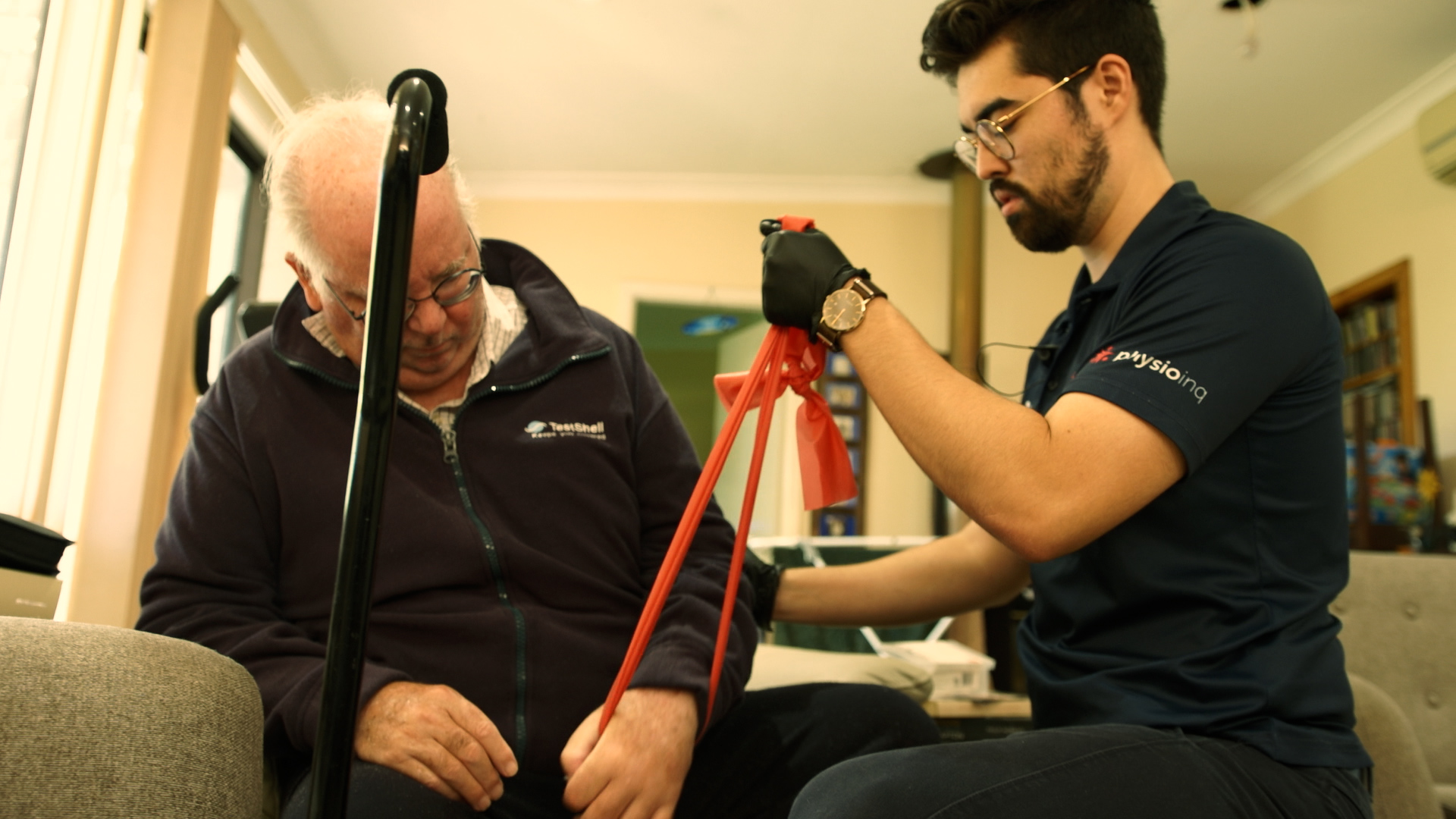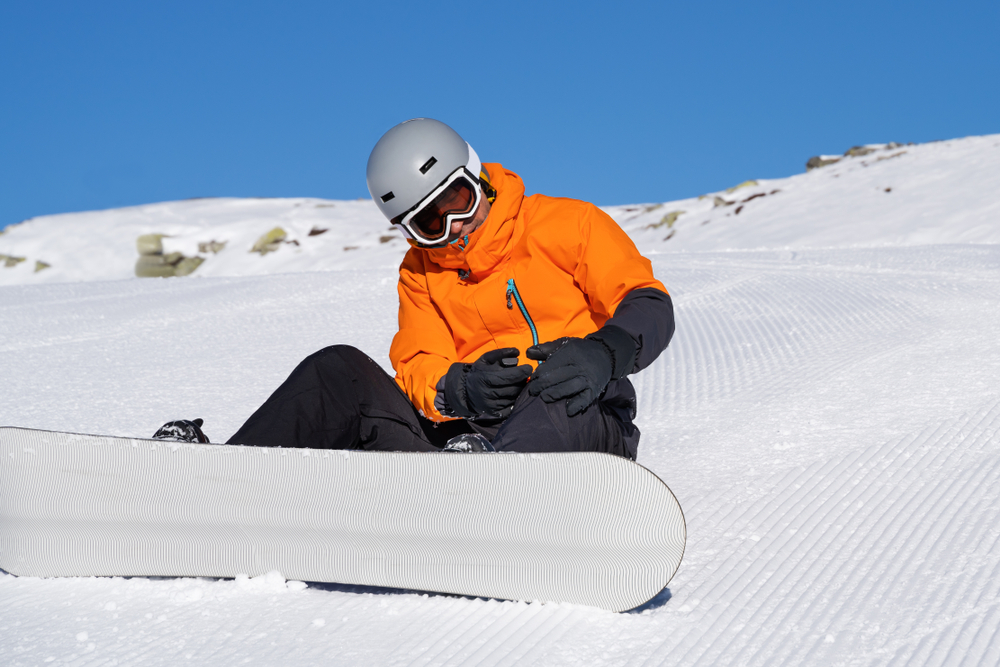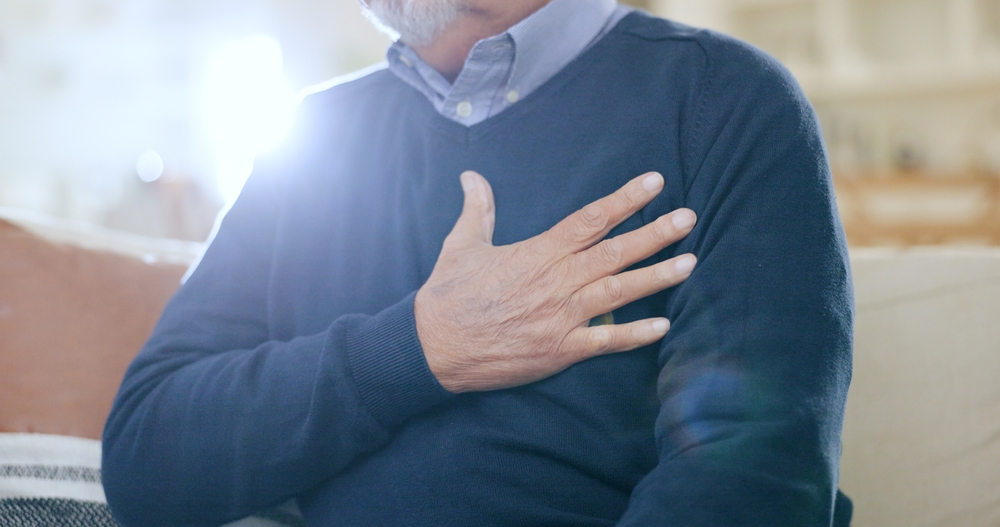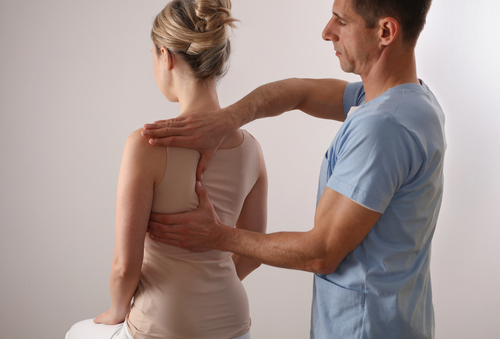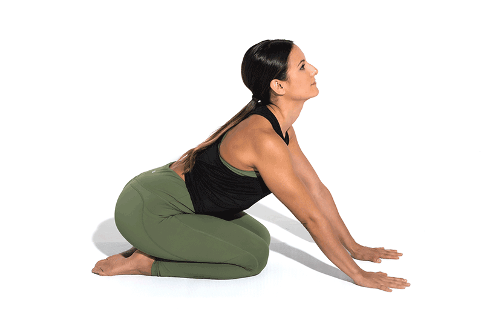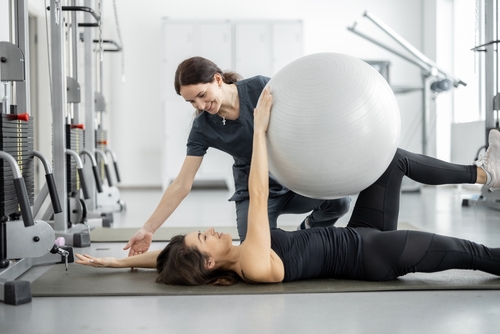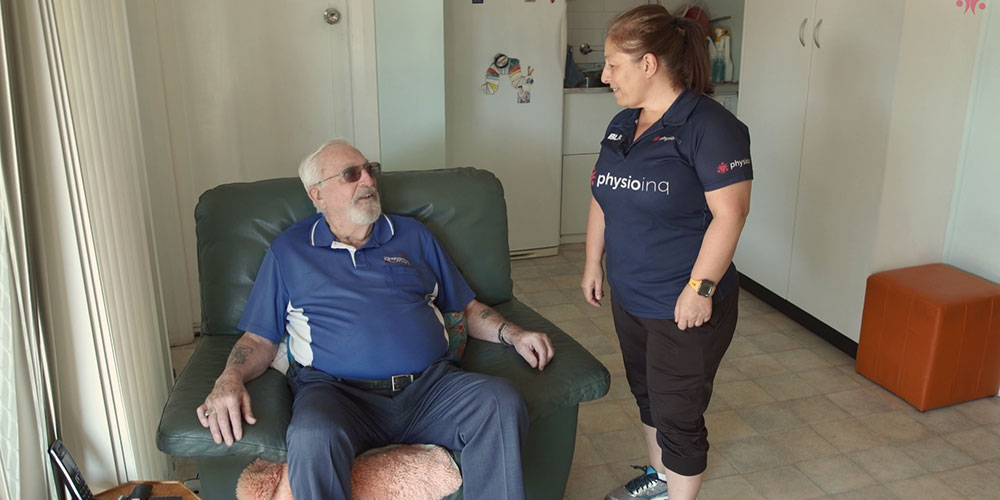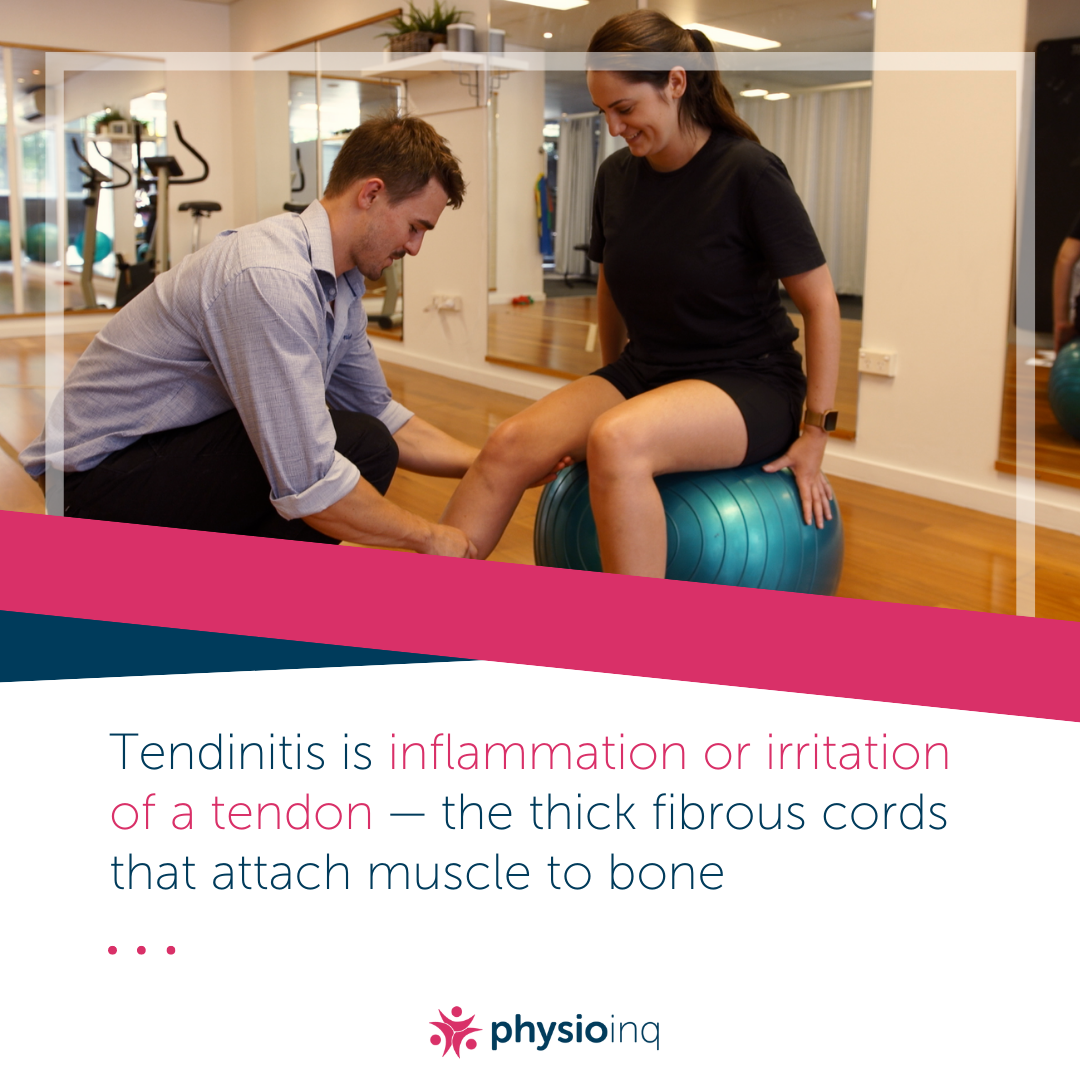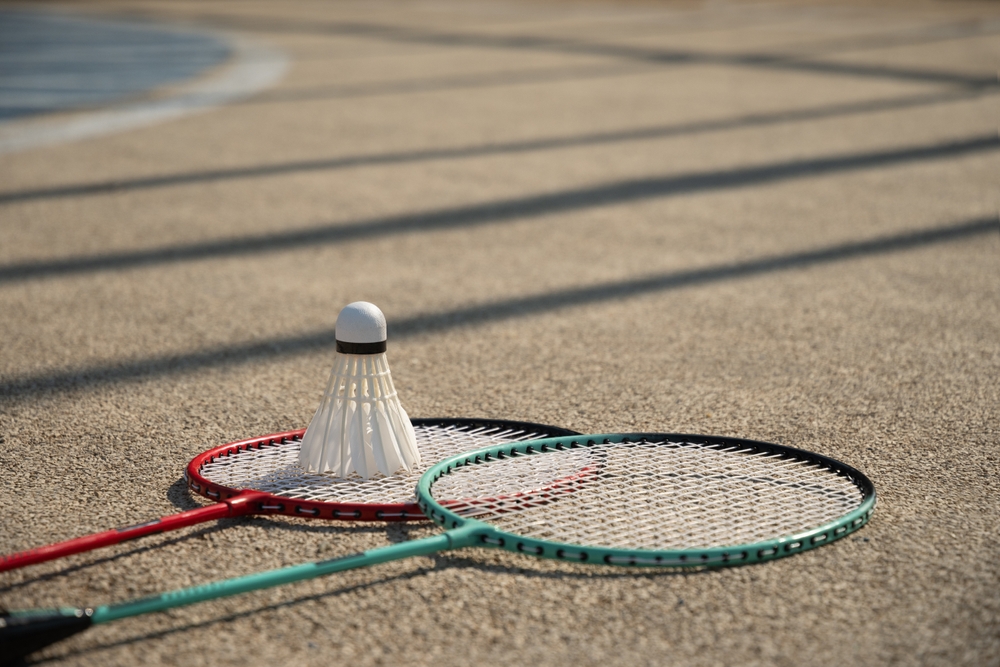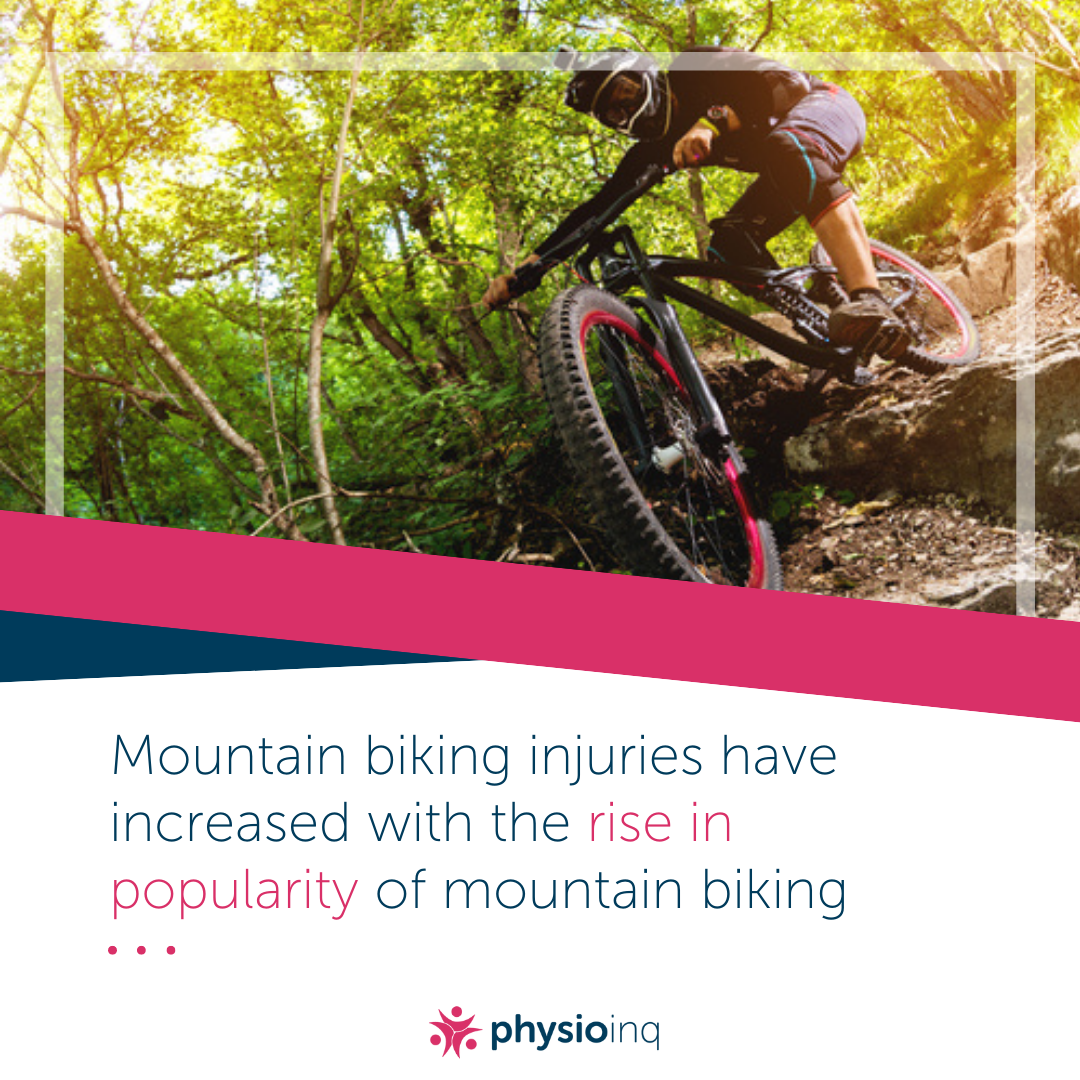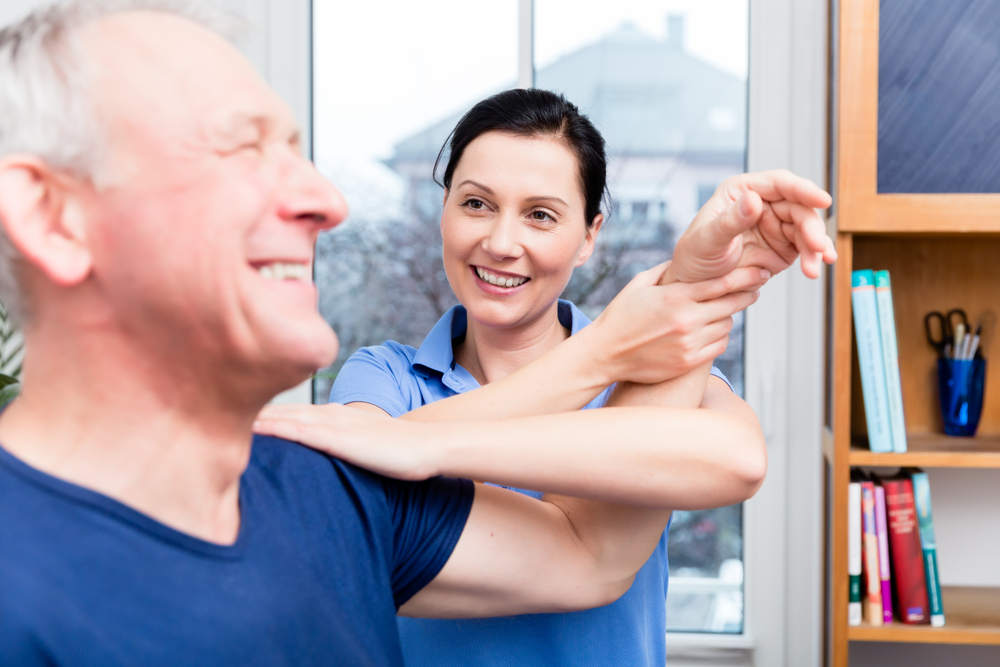Make an Appointment
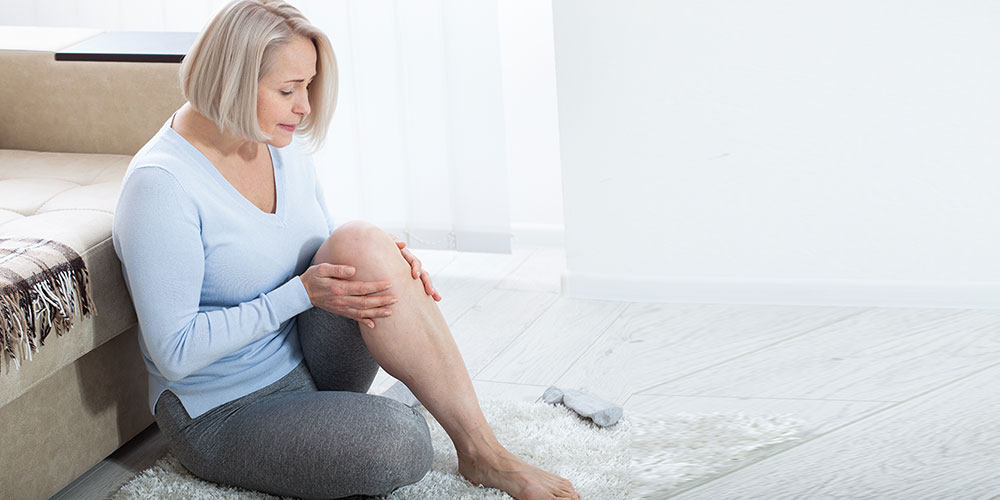
What is Bursitis?
Bursitis is the irritation or inflammation of the Bursa. A Bursa is a small fluid-filled sac which is located at the points in the body where a muscle or tendon slides across a bone. Bursas act as a reducer of friction between the two moving surfaces. It plays a key role in the correct movement of the joints.
When a bursa becomes inflamed, it swells, causing an increase in friction with the tendon its supposed to protect. Usually, if a bursa is inflamed, the tendon associated with it is also irritated.
Causes of bursitis include:
- Overuse of the joint
- Repetitive strain
- Trauma
- Pressure, bacterial infection and other inflammatory diseases.
Well known places for bursitis include:
- Hip or trochanteric bursitis
- Shoulder bursitis
- Knee bursitis
- Elbow bursitis
- Achilles bursitis
Bursitis can usually be diagnosed through physically examining the patient. On inspection the patient will demonstrate redness and warmth over the inflamed bursa, local tenderness and swelling. Ultrasound can be used to determine the presence of bursitis.

What causes bursitis?
Bursitis is common in middle-aged adults. As you age, your body (and by extension your joints, tendons and bursae) are able to handle less stress.
Bursitis is often caused by repeated pressure on a certain joint which in turn places pressure on a bursa.
The resulting irritation and inflammation of the bursa is what causes bursitis. Since their bodies are already sensitive to extra stress, older adults are more likely to suffer from bursitis.
Some common activities that can lead to bursitis include:
- Repetitive motion sports like golf, tennis and skiing.
- Poor posture creates extra stress on a part of your body unprepared for it.
- Not stretching or stretching too little before exercise means you’re more likely to suffer from an injury.
- Outdoor activities such as gardening, raking and shovelling.
Obviously, these activities on their own don’t guarantee that you’ll develop bursitis. However, if you spend a long time repeating the same motion (possibly with incorrect form), then it’s very possible you’ll be placing too much stress on a small part of your body.
This has the potential to develop into bursitis.
Heading 2: How to Prevent Bursitis
Elbow and knee bursitis often occurs due to the bursa being compressed or knocked. The use of protective and effective coverings for these joints can reduce the risk of irritation.
Achilles bursitis can be further irritated by shoes rubbing over the bursa. Wearing appropriate shoes, which help to decrease the compression, is beneficial.
Hip and trochanteric bursitis usually occurs due to weakness of the muscles supporting the structure the bursa is trying to protect. Due to the weakness the bursa becomes continually compressed by the structure it is trying to reduce the pressure on.
Is massage good for hip bursitis?
Massage can help hip bursitis. However, in most cases, it has the potential to be unsafe.
Directly massaging an inflamed bursa will only irritate the area further. However, if done carefully by a trained professional and in small amounts, massage can decrease the pain of hip bursitis.
However, massage isn’t good for bursitis. There are plenty of alternative treatments and it’s generally considered to be not worth the risk.
Can acupuncture help bursitis?
Acupuncture increases blood circulation through the precise insertion of needles into the affected area of the body.
Bursitis and similar inflammation diseases will benefit from acupuncture and the increased blood circulation it provides.
Acupuncture for bursitis is an effective treatment that works particularly well when combined with other treatments like physical therapy.
Does dry needling help bursitis?
Dry needling reduces pain from bursitis and increases mobility. Its procedure is similar to that of acupuncture though it focuses more on the relaxation of muscles than the actual blood flow.
Hair thin needles are inserted into the affected area, causing a precise injury and signalling to the brain it’s time to repair the damaged bursa.
Dry needling helps bursitis and is as effective as most of the recommended injections.
Is physio good for bursitis?
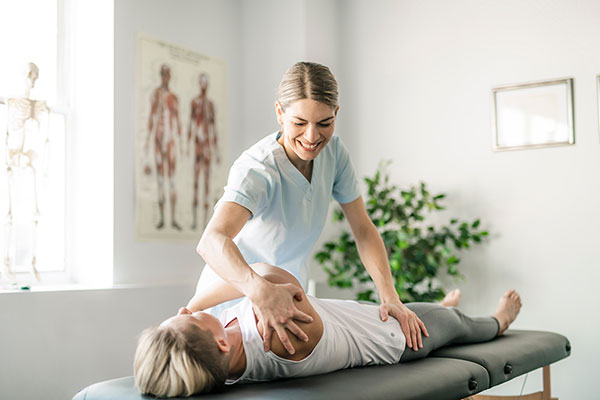
Your physiotherapist will analyse your particular case of bursitis before designing a personalised program to help you heal. It will often include strategies to:
- Improve motion. Your physio will use a variety of motion exercises to mobilise your joints and restore normal motion.
- Increase strength. Weak muscles can be part of the reason you suffer from bursitis in the first place. The physio will help build strength in your muscles. This allows for easier joint movement and decreased rubbing on the bursa. All of this results in decreased irritation.
You can build this strength and endurance through a variety of exercises though weight-bearing ones are some of the most efficient.
- Reduce pain. Your physio will guide you through some activity modification and alter your posture. This should decrease the stress placed on the joint and reduce overall pain.
Physio does a lot of good for bursitis. It’s often combined with the treatments we mentioned before like dry needling and acupuncture. This, alongside mobility and strength exercises, should be enough to heal bursitis.
Treatment of Bursitis
Drugs like corticosteroids are often used as a treatment, however research shows it is no more effective than treatment undertaken with a physiotherapist.
Strengthening the musculature around hip and shoulder is effective in reducing hip and shoulder bursitis. Seeing a physiotherapist to receive a specific program to ensure that the bursa is not further inflamed.
In septic bursitis, antibiotics and aspiration are treatment options.
If your condition worsens or doesn’t improve within a week, see your local Physio Inq Physiotherapist.
They’ll provide specific treatment and exercises proven to eradicate pain, increase your capacity to move and avoid further damage or recurrence of your bursitis. Book an appointment today!
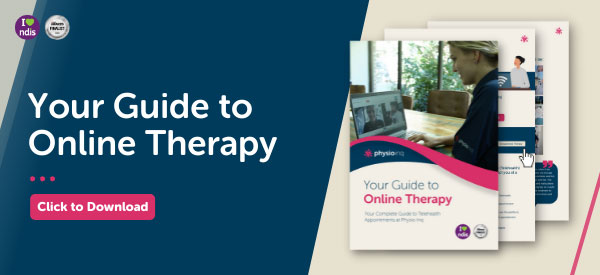
Date Published: Thursday, May 5, 2022
Locate a Mobile Physiotherapy
Service Near me
Get the experience & convinence you deserve to support your or a loved one's allied health needs.
Our Mobile Physiotherapy team are currently serving & taking appointments in the following states and regions in Australia:
Need to get into direct contact with ur Client Services team? We're all ears. Call our team directly on 1300 731 733

